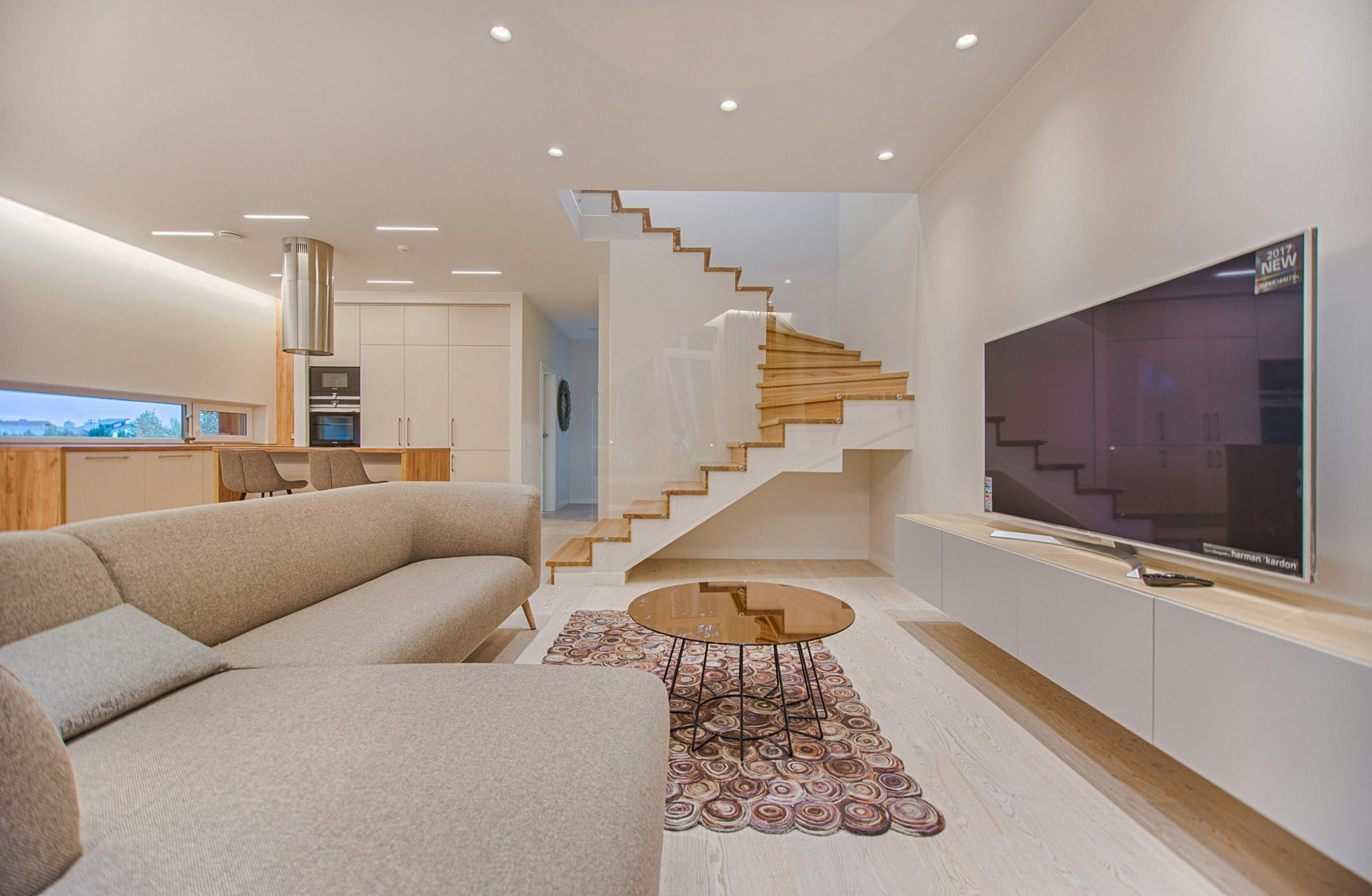What is Home Automation?
Home automation refers to the use of smart technology to control various household devices remotely or automatically. Through smart systems, you can manage your home with just a tap on your smartphone, a voice command, or even automatically using sensors and schedules. The goal is to make your life more convenient, secure, and energy-efficient.
1. Choose a Smart Home Hub
The first step to setting up a smart home is selecting a smart home hub. A hub acts as the central controller, connecting all your smart devices to enable communication between them. Some popular hubs include:
- Amazon Echo: Powered by Alexa, it controls compatible devices via voice commands and integrates with a variety of smart home products.
- Google Nest Hub: Works with Google Assistant, supporting numerous smart devices for easy voice command or app-based control.
- Apple HomePod Mini: Best for those already in the Apple ecosystem, it integrates with HomeKit and offers Siri-powered voice control.
Choosing the right hub depends on your existing ecosystem (Apple, Google, or Amazon) and which smart devices you plan to integrate.
2. Smart Lighting
Smart lighting is an affordable and easy way to start automating your home. These smart bulbs allow you to adjust brightness, color, and on/off status remotely through an app or voice commands. Many systems support scheduling, letting you program lights to turn on or off at specific times.
Popular smart lighting brands include:
- Philips Hue: Known for its wide range of bulbs and color options, it works seamlessly with Alexa, Google Assistant, and Apple HomeKit.
- LIFX: Offers color-changing bulbs without needing a hub, simplifying setup and integration.
Smart lighting enhances comfort, saves energy, and sets the perfect ambiance.
3. Smart Thermostats
Smart thermostats, like the Nest Learning Thermostat or Ecobee SmartThermostat, help improve home comfort and energy efficiency. These devices learn your preferences and automatically adjust the temperature to fit your schedule. Remote control via a smartphone app lets you adjust settings while away, saving energy.
Smart thermostats can be programmed to adjust when you’re home or away and provide energy-saving insights.
4. Smart Security and Surveillance
Security is a priority for homeowners, and smart security systems offer real-time monitoring and control. Devices like cameras, doorbell cameras, and sensors allow you to monitor your home remotely and receive instant alerts if something unusual occurs.
Top smart security products include:
- Ring Video Doorbell: See and speak with visitors through your smartphone—perfect for monitoring deliveries.
- Arlo Pro 4: Wireless cameras with HD video, night vision, and two-way audio.
- August Smart Lock: Keyless entry, lock or unlock your door from anywhere using your smartphone.
Smart security enhances convenience, offering remote control and real-time alerts.
5. Smart Appliances
Smart appliances simplify household chores and increase efficiency. From refrigerators to washing machines, many appliances are now Wi-Fi-enabled, allowing you to control them remotely.
Examples include:
- Smart Refrigerators: Samsung and LG offer fridges with built-in screens for managing recipes, shopping lists, and showing fridge contents through cameras.
- Smart Dishwashers & Washers: Control wash cycles remotely and receive alerts when cycles finish.
Upgrading to smart appliances saves time, reduces energy use, and simplifies daily tasks.
6. Automating Routines with Smart Assistants
After integrating smart devices, you can automate your daily routines. Smart assistants like Amazon Alexa, Google Assistant, and Siri let you set custom routines or scenes. For example, you could create a “Good Morning” routine where your lights gradually turn on, your thermostat adjusts to a comfortable setting, and your favorite playlist starts.
Smart assistants automate daily tasks based on time, voice commands, or even environmental changes like motion detection.
7. Expanding Your Smart Home
As you get comfortable with your smart setup, you can add more devices to expand your system. From smart speakers and robotic vacuums to garden irrigation systems and smart blinds, the options are endless.
Conclusion: Start Small, Think Big
Home automation doesn’t need to be overwhelming. Start small with basic devices like smart lighting, thermostats, and security cameras, then gradually expand as you get familiar with the technology. With the right setup, home automation can make your living space more efficient, secure, and enjoyable. The future of smart homes is limitless, so begin with a few devices and imagine what your home could become.
